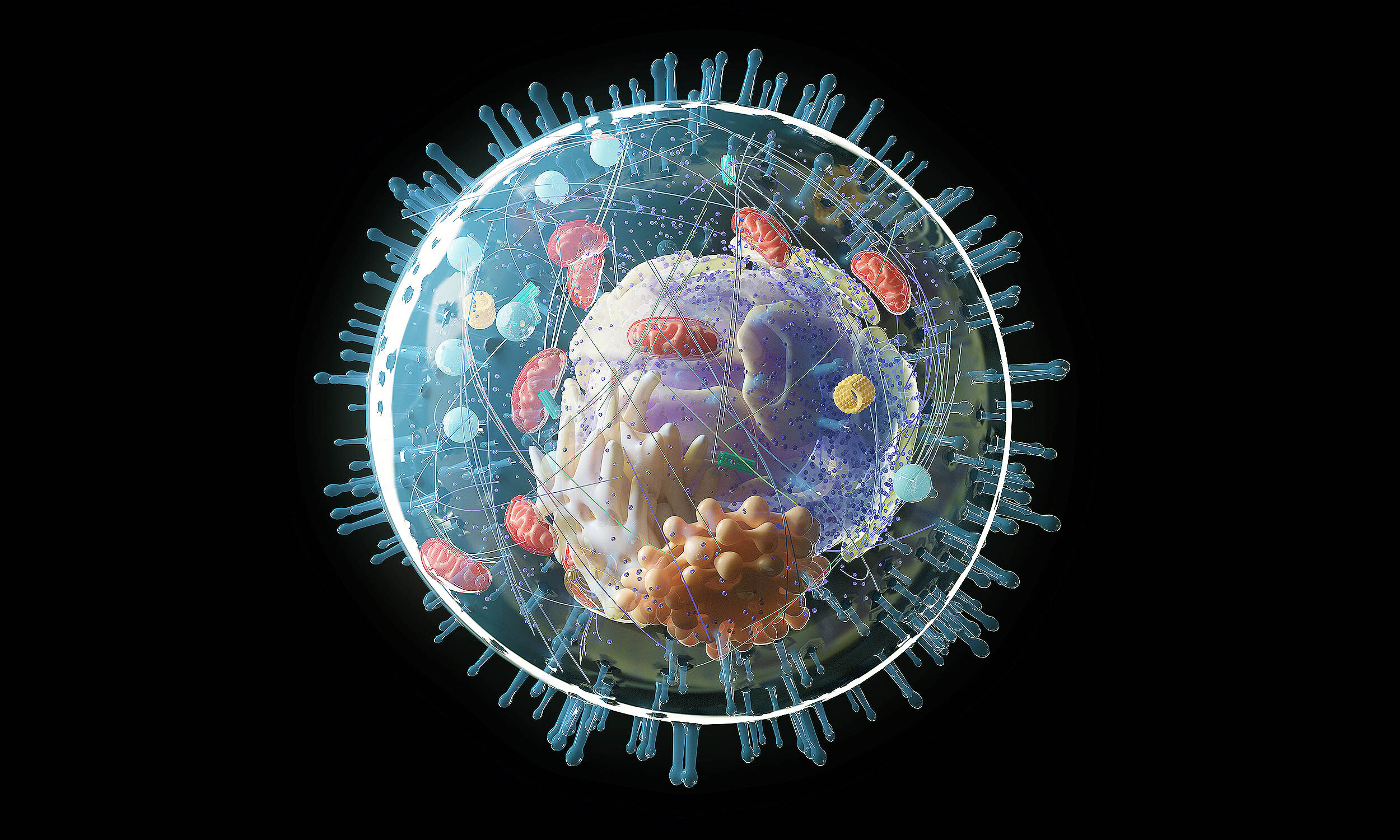In this study, the scientists simulated the process of spaced learning by examining two types of non-brain human cells — one from nerve tissue and one from kidney tissue — in a laboratory setting.
These cells were exposed to varying patterns of chemical signals, akin to the exposure of brain cells to neurotransmitter patterns when we learn new information.
The intriguing part? These non-brain cells also switched on a “memory gene” – the same gene that brain cells activate when they detect information patterns and reorganize their connections to form memories.



No, because you’re eating the flesh, so you’re digesting it.
This is more relevant to organ transplants.
Apparently, it’s a known phenomenon that some organ transplant recipients seem to inherit some traits and even memories of organ donors.
https://pubmed.ncbi.nlm.nih.gov/38694651/
Wow, these examples are so cool.
Food Preferences:
Musical Preferences:
Sexual Preferences:
Other Preferences and Aversions:
Memories:
Unfortunately, though, I don’t see any mention of how certain they were that the recipients didn’t learn these things before experiencing them